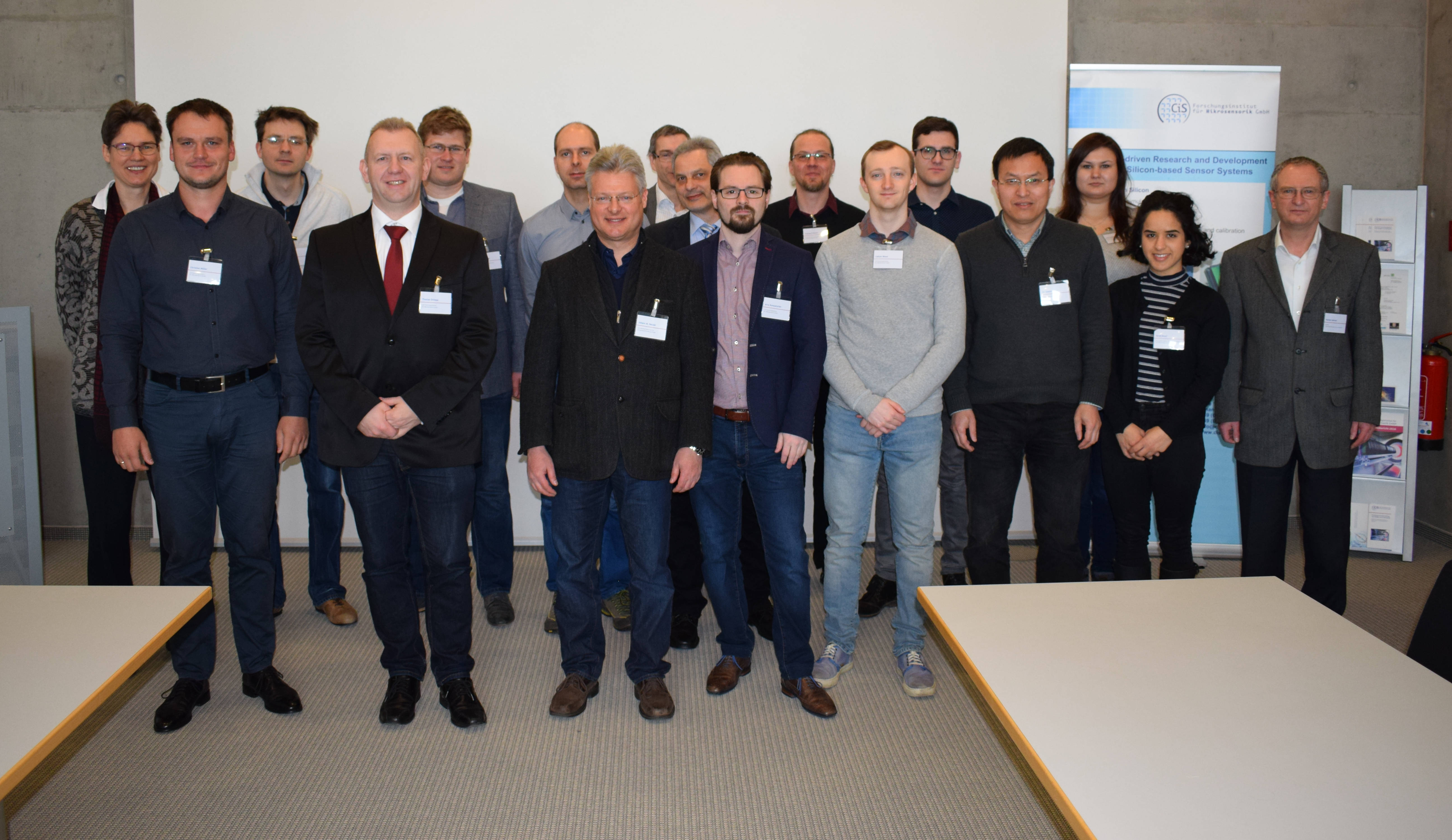
• Particle Physics Theory and Detectors
• Device Development
• IR/NIR and UV-Vis Spectroscopy
• Radiation in the Environment
• General Science and Mathematics

I grew up in the UK and studied Physics at Lancaster University, achieving an integrated MPhys in Particle Physics with Cosmology in July 2017. My Master's project involved mechanically thinning down backside substrates of High-Voltage CMOS sensors to thicknesses of around 50-70 microns, and observing the effects through current-voltage measurements across the substrate.
I joined the STREAM ITN in August 2017 with a 2-year position at CiS Forschungsinstitut für Mikrosensorik, a non-profit industry oriented research institute located in Erfurt, Germany, that specialises in microsensors, MEMS, MOEMS and silicon detectors.
Becoming an MSCA fellow has given me the opportunity to work abroad, visit a range of cities across Europe, and build a diverse network of acquaintances and friends.
In my spare time, I enjoy going to the gym, playing guitar/piano and learning a new language.
As part of Work Package 5, I am researching the implementation of CMOS image sensors into a portable, multi-functional detector for environmental applications.
The key areas my project focuses on include water, soil and plant analysis. Solid-state detectors may be used to detect the presence of radioactive pollutants in these environments, which is crucial for health and safety.
As CMOS image sensors are able to detect light outside of the visible spectrum, they often find use in optical, infrared and ultraviolet spectroscopy, processes used to identify materials by measuring changes in light absorbed or emitted. In the case of water and soil quality, spectroscopy allows us to non-invasively determine the elements or compounds in a sample without using chemical analysis, an often slow process. For plants, nutritional information and health may be determined by comparing measurements to known spectral data.
The CMOS sensors developed by the other fellows are designed for high-energy physics detectors and used in controlled environments. Considerations must be made for each environmental application in order to protect the detectors from damage (e.g. waterproof) and ensure reliable data (e.g. resistance to changes in temperature).
Secondments
|
Host Institution and Secondment Topic |
Expected secondment period |
|
Glasgow (UK), General experience with detector systems and data analysis |
12 weeks in January- March 2018 |
|
CERN (Geneva, CH), Integrating sensor readout |
3 months in Winter 2018 |
Implementing commercial sensors produced with CMOS technology into these detectors may reduce the overall cost of production, or provide advantages in power efficiency and accuracy. Consideration of applications outside of high-energy physics experiments may help to broaden the real-world potential of such research and allow it to find sucess in industry.
